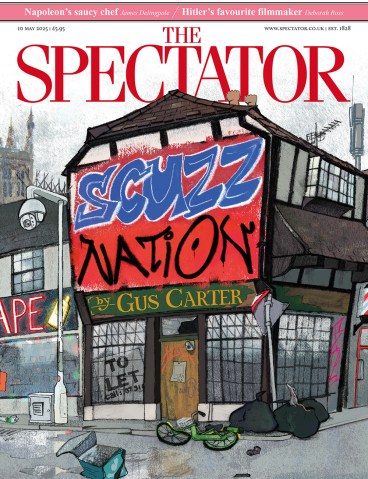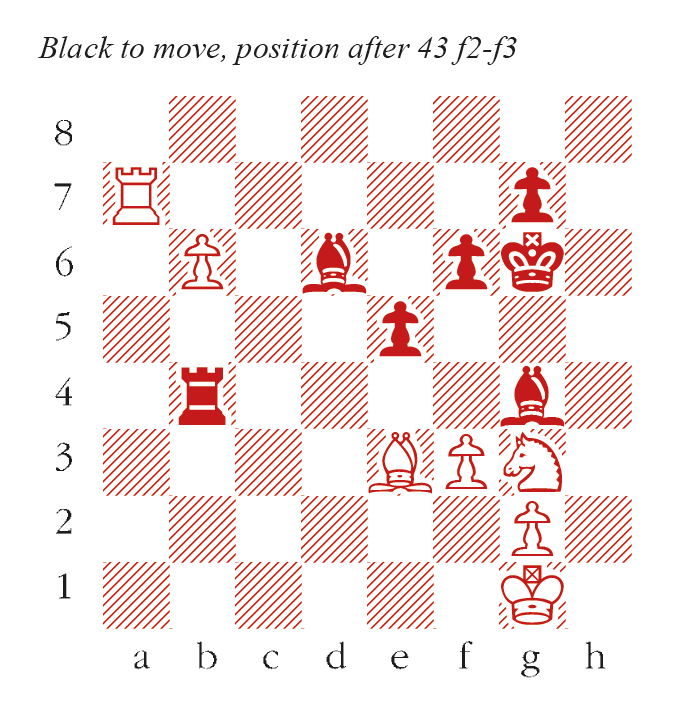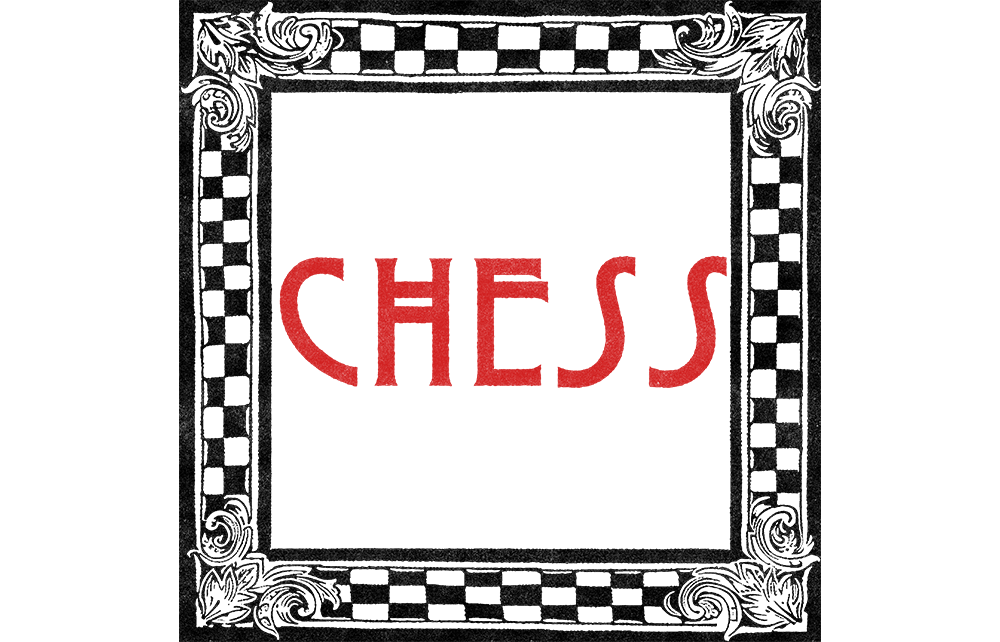
Vasyl Ivanchuk was at the centre of a heart-rending scene during the tenth round of the World Blitz Championship in New York in December. The former world no. 2 could certainly have won his dramatic game against Daniel Naroditsky, but he lost on time after his nerves let him down at the critical moment. Overcome by emotion, Ivanchuk broke down and sobbed at the board.
The Ukrainian grandmaster is a true chess obsessive, loved by fans for his disarming eccentricity as well as his brilliant play. At 56, he had recently dropped out of the world’s top 100 players, but his passion for chess and creative spark appear undiminished. Recently, he has played almost non-stop and enjoyed a splendid run in European open events, including outright first place in Menorca (boosting him back into the top 100). I saw him in action last month at the Reykjavik Open, where he finished in a tie for second place behind Parham Maghsoodloo from Iran.
I particularly admired the following endgame, against a strong young Serbian grandmaster. A draw seems the most likely outcome from the diagram position after, for example, 43…Be6 44 Ne4 Bf8 45 b7 Bd5 46 Ra8 Bxb7 47 Rxf8 Bxe4 48 fxe4 Rxe4. But Ivanchuk finds a remarkable winning attempt, ignoring the attack on his bishop.

Velimir Ivic – Vasyl Ivanchuk
Reykjavik Open, April 2025
43…Rb1+ 44 Kh2 e4! 45 Ra4 The obvious capture runs into problems: 45 fxg4 Rb3 46 Bf2 e3 47 Be1 e2 threatens Rb3xg3, and then 48 Ra1 Rd3 adds a new threat of Rd3-d1. With a cool head, the draw can be held, e.g. 49 Kh3 Rd1 50 Ra2 Rxe1 51 Rxe2 Rb1 and so on. But it’s easy to see why Ivic preferred the move in the game. 45…Bf5! 46 fxe4 Be6 Ivanchuk has lost his pawn, apparently for nothing, but a closer look reveals that Ivic remains in difficulty. The b6 pawn is under control, and the knight on g3 remains in an eternal pin. 47 Ra8 Rb3 48 b7 Another clever idea, but it was better to sit tight with 48 Bf2 48…Be5! A classy response, maintaining the pin. Instead, 48…Rxb7 49 Ra6! Rd7 50 e5! fxe5 51 Bc5! Bxc5 52 Rxe6+ Kf7 53 Rxe5 leads only to a draw.
49 Bf2 Rxb7 50 Ra6 Bg4 51 Ra2 Rb3 52 Ra5 Rc3 53 Rb5 Ra3 54 Rd5 Rb3 55 Ra5 White is almost paralysed, but Kg6-g5-g4 to win the knight should not be rushed, as Bf2-d4 is a saving resource. Ivanchuk takes his time to regroup. Kh6 56 Rd5 g6 57 Ra5 Bd7 58 Rc5 Ra3 59 Rd5 Bc6 60 Rc5 Ba8 61 Rb5 Rd3 62 Ra5 Bb7 63 Rb5 Bc8 64 Rd5 Rb3 65 Rc5 Bb7 66 Ra5 Bd6 67 Ra4 Black won. It seems White ran out of time, though 67…Kg5 wins on the board as well.
This year’s Reykjavik Open was held in honour of Fridrik Olafsson, who died at the age of 90, just a few days before the tournament began. He was Iceland’s first grandmaster, with wins to his name against Fischer, Petrosian, Tal (see the puzzle below) and Karpov and at the peak of his playing career he competed in the 1959 Candidates tournament for the world championship. Olafsson worked at the Icelandic Ministry of Justice before becoming the president of the international governing body Fide from 1978 to 1982. He later served as secretary general of the Icelandic parliament for more than two decades before his retirement. A photograph on the wall in Reykjavik brought back fond memories of playing and analysing a game against Olafsson in Greenland, more than 20 years ago.






Comments